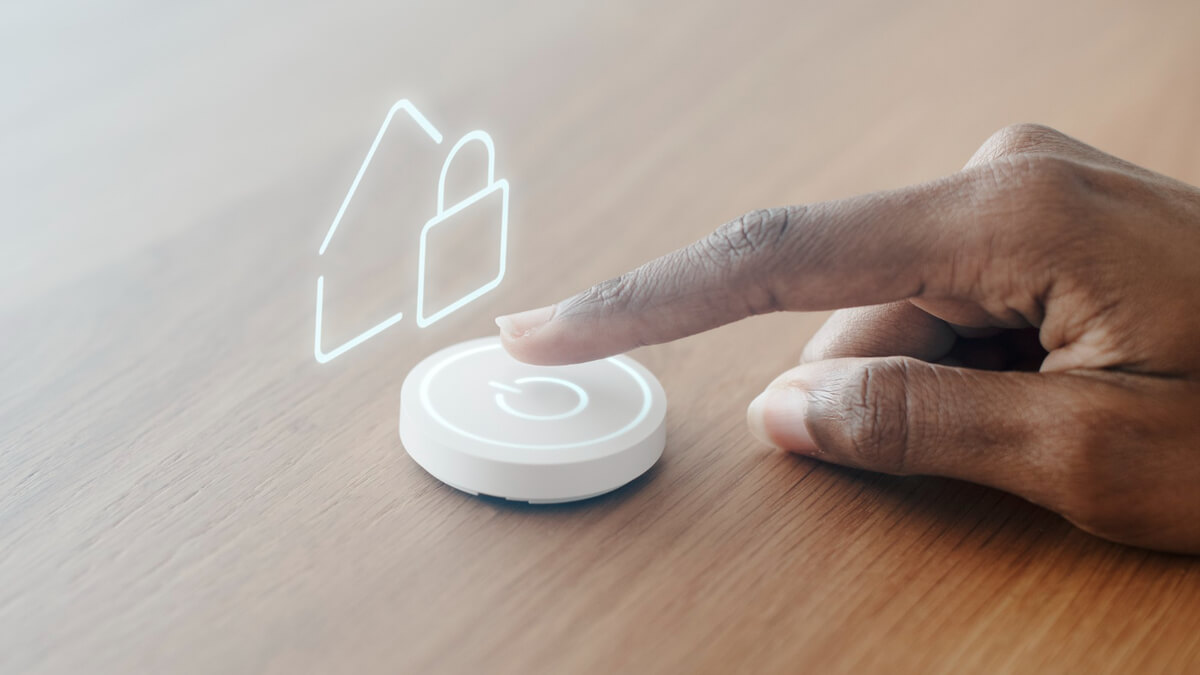How to Lock Down Your Smart Home Devices: Best Cybersecurity Advice for US & UK Users

Introduction
Smart home devices bring convenience to everyday life, from voice-controlled assistants to smart locks and connected thermostats. But with convenience comes risk: cybercriminals often target these devices to steal data, invade privacy, or hijack your home network.
If you reside in the US or UK, protecting your smart home devices is crucial against emerging cyber threats. The silver lining? You can avail the benefits of smart living while ensuring safety using the right cybersecurity measures. The guide takes you through tested steps to ensure your devices and information are safeguarded.

Why Protecting Smart Home Appliances Is Important
Connected devices are not just appliances — they are a portal to your personal existence. A hacked smart camera, for instance, can reveal your intimate moments, while a compromised smart lock can compromise your home’s security.
Increasing Cyber Threats in the US & UK
Both territories have experienced surges in smart device compromises. In the US, the FBI has issued warnings regarding IoT attacks, and the UK’s National Cyber Security Centre (NCSC) regularly issues warnings on home device vulnerabilities.
Risks of Ignoring Smart Device Security
- Unauthorized access to your home Wi-Fi
- Identity theft using stolen data
- Ransomware attacks on connected devices

Cybersecurity Secrets to Protect Your Smart Home Devices
Utilize Strong, Unique Passwords
The simplest method hackers break in is through weak or duplicate passwords. Utilize a password manager to generate and save unique credentials.
Activate Two-Factor Authentication (2FA)
Most smart home hubs support 2FA today. It provides an added layer of security, so even if a password gets compromised, hackers can’t gain easy access.
Update Firmware and Apps
Manufacturers push updates to fix security vulnerabilities. Have devices and apps automatically update whenever possible.
Lock Down Your Wi-Fi Network
- Use WPA3 encryption if supported
- Rename the default SSID (network name)
- Set a good Wi-Fi password
Turn Off Features You Don’t Need
Disable remote access or voice control functions you don’t require. Fewer open doors equal fewer possibilities for attackers.

Advanced Cybersecurity Practices for Smart Homes
Set Up a Separate Guest Network
Put smart devices on a different network so your primary devices (phones, laptops) remain protected even if IoT devices are breached.
Employ a VPN on Your Router
A Virtual Private Network encrypts all data. Running it on your router gives each device an additional wall of security.
Monitor Device Behavior
Employ apps or router logs to scan for suspicious behavior, such as unrecognized devices joining or heavy data usage.
Invest in Security-Focused Devices
When shopping, choose products that have a strong record of providing security updates and transparency.

Best Practices for Families in the US & UK
Educate Family Members
Ensure that all members are clear about the need to not share Wi-Fi passwords or open malicious links.
Install Parental Controls Where Required
Shield children by restricting device permissions and blocking inappropriate websites using your router or parental control software.
Get Local Cybersecurity Updates
US users: Keep up with alerts from the Cybersecurity & Infrastructure Security Agency (CISA).
UK users: Sign up for NCSC alerts for the latest threats.

Conclusion
Smart homes are not going away, but left unsecured, they are sitting ducks. By heeding these tips — from creating robust passwords to tracking device behavior — US and UK consumers can secure their connected homes.
Stay ahead, stay smart, and keep this in mind: locking in your smart home devices now defends your online life later. Check out the rest of our cybersecurity tips to learn more about the world of online security.




